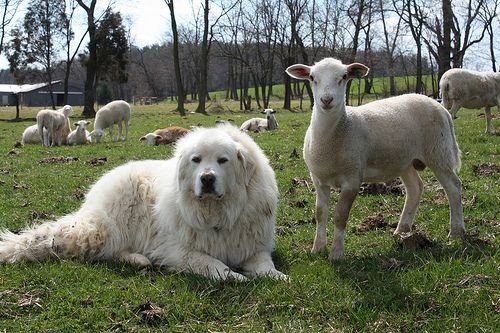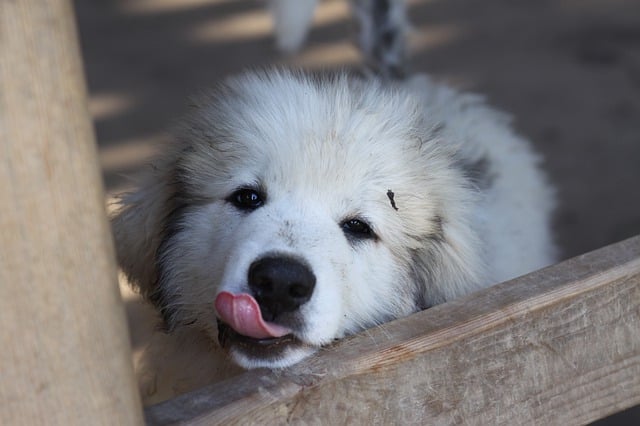Exploring the Speed of Great Pyrenees: How Fast Can They Run?
The Great Pyrenees, a majestic and noble breed known for their protective nature and stunning appearance, often leaves people wondering about their agility and speed. In this article, we delve into the intriguing question: "How fast can a Great Pyrenees run?" Through careful analysis and comparisons, we aim to shed light on this aspect of the breed's capabilities.
1. Understanding the Great Pyrenees Breed

Understanding the Great Pyrenees Breed
Before delving into their running speed, it's essential to grasp the key characteristics of the Great Pyrenees. Originating from the Pyrenees mountains, these dogs were initially bred to guard livestock. Their large size, thick coat, and strong build make them well-suited for mountainous terrains and adverse weather conditions. While not traditionally associated with speed, these dogs possess surprising agility for their size.
2. Comparing Great Pyrenees Speed to Other Breeds

Comparing Great Pyrenees Speed to Other Breeds
To better understand the running speed of Great Pyrenees, let's compare it to that of other dog breeds renowned for their swiftness. Below is a comparative table showcasing the average speeds of various breeds:
| Breed | Average Running Speed |
| Greyhound | 40 - 45 mph |
| Whippet | 35 - 40 mph |
| Border Collie | 20 - 30 mph |
| Great Pyrenees | 15 - 25 mph |
| Bulldog | 12 - 15 mph |
As the table indicates, Great Pyrenees fall within the range of 15 to 25 miles per hour, demonstrating that while not the fastest breed, they possess a respectable level of speed considering their size and build.
3. Factors Influencing Great Pyrenees Running Speed
The running speed of a Great Pyrenees can be influenced by various factors:
Size and Build: Their larger size and sturdy build might hinder them from achieving speeds comparable to leaner breeds like Greyhounds.
Terrain: Great Pyrenees were historically bred to navigate rough mountain terrain, which might affect their flat-out running speed on smoother surfaces.
Age and Health: Younger and healthier dogs are generally more capable of reaching their maximum speeds.
Motivation: The purpose of their run, whether it's play, exercise, or chasing something, can significantly affect their speed.
4. Real-world Scenarios: When Speed Matters
While not known for their sprinting capabilities, Great Pyrenees can surprise you with their bursts of speed. Here are a few scenarios where their running speed becomes important:
Guarding Livestock: When protecting their flock from predators, their ability to cover ground at a moderate speed becomes crucial.
Emergency Responses: In situations requiring quick action, Great Pyrenees can cover distances faster than expected, aiding in rescue missions.
Playful Activities: During playtime, they exhibit liveliness and can engage in energetic sprints with their human companions.
In the realm of dog breeds, speed isn't the defining trait of Great Pyrenees. However, their running abilities are more nuanced than commonly believed. While they may not match the speed of Greyhounds or Whippets, these majestic dogs possess a unique blend of agility and strength that serves their historical purpose well. Whether it's guarding livestock, responding to emergencies, or simply enjoying playtime, Great Pyrenees showcase their individualistic approach to running—a testament to their remarkable versatility and adaptability.